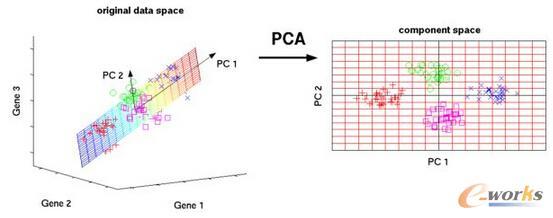The first part of the paper presents a review of the gold-standard testing protocol for Covid-19, real-time, reverse transcriptase PCR, and its properties and associated measurement data such as amplification curves that can guide the development of appropriate and accurate adaptive group testing protocols. The second part of the paper is concerned with examining various off-the-shelf group testing methods for Covid-19 and identifying their strengths and weaknesses for the application at hand. The third part of the paper contains a collection of new analytical results for adaptive semiquantitative group testing with probabilistic and combinatorial priors, including performance bounds, algorithmic solutions, and noisy testing protocols. The probabilistic setting is of special importance as it is designed to be simple to implement by nonexperts and handle heavy hitters. The worst-case paradigm extends and improves upon prior work on semiquantitative group testing with and without specialized PCR noise models.
翻译:文件第一部分审查了Covid-19、实时、反转转转录解转录酶PCR的金标准测试协议及其特性和相关测量数据,例如能够指导制定适当和准确的适应性群体测试协议的增缩曲线,第二部分涉及审查Covid-19的各种现成组测试方法,并查明其现有应用的优缺点,第三部分载有一套新的分析结果,用于具有概率和组合前科的适应性半定量组测试,包括性能约束、算法解决方案和噪音测试协议,概率设置特别重要,因为设计这种设置的目的是便于非专家执行和处理重击手,最坏的范例是,在以往关于使用和不使用专门的PCR噪声模型进行半定量组测试的工作的基础上,扩展和改进了最坏的范例。



